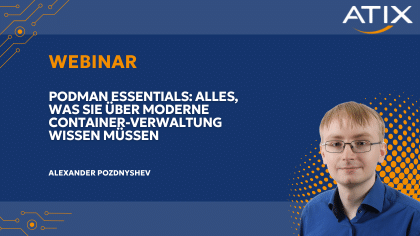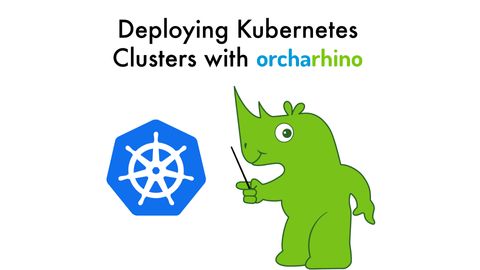Container Platforms and Cloud
Container platforms and cloud solutions enable businesses to enhance their IT infrastructure by using containers and cloud-based services for increased flexibility, scalability, and efficiency.
Here you will find informative articles on modern technologies such as Ansible, Docker, Kubernetes, OpenShift, Terraform and more. Our experts share their knowledge of containerization, cloud infrastructures and automation solutions to keep you up to date with the latest developments. Dive into exciting topics and learn how these tools can make your workflows more efficient.














